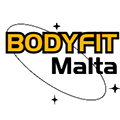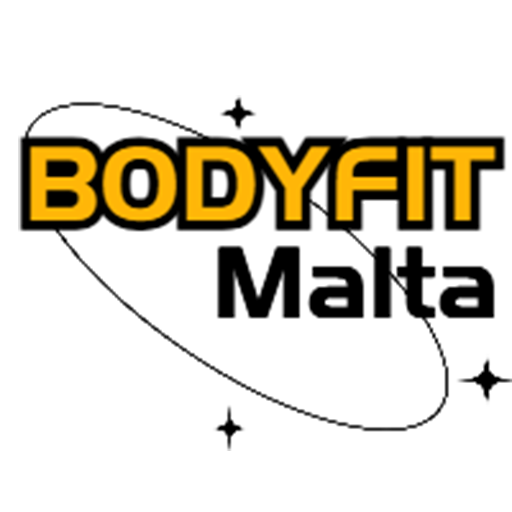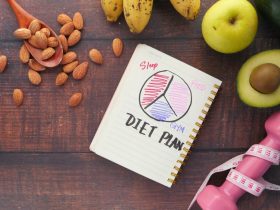Are you looking to start a keto diet but don’t know where to begin with meal planning? Starting a new diet can be overwhelming, but with proper planning and preparation, it can be much easier. This beginner’s guide to keto meal planning will provide you with all the information you need to get started on your keto journey.
What is the Keto Diet?
The keto diet, also known as the ketogenic diet, is a high-fat, low-carb diet that has become popular in recent years for its potential health benefits. The goal of the keto diet is to get your body into a state of ketosis, where it is burning fat for fuel instead of carbohydrates. This is achieved by reducing your carbohydrate intake and increasing your fat intake.
Benefits of the Keto Diet
The keto diet has been shown to have several potential health benefits, including:
- Weight loss: By reducing your carbohydrate intake, your body burns fatter for fuel, which can lead to weight loss.
- Improved blood sugar control: The keto diet has been shown to improve blood sugar control in people with type 2 diabetes.
- Reduced inflammation: The keto diet may help reduce inflammation in the body, which is linked to several chronic diseases.
- Improved mental clarity: Some people report improved mental clarity and focus while on the keto diet.
To know more please check out Is the keto diet good for you?
Keto Meal Planning Basics
Before you start planning your keto meals, it’s important to understand the macronutrient breakdown of the keto diet. The keto diet typically consists of:
- 70-80% fat
- 10-20% protein
- 5-10% carbohydrates
This means that your meals should be high in healthy fats, moderate in protein, and low in carbohydrates.
When planning your keto meals, it’s also important to focus on whole, nutrient-dense foods. Some good options include:
- Meat: Beef, pork, chicken, turkey, and other meats are all good options for the keto diet.
- Fish and seafood: Salmon, tuna, shrimp, and other seafood are all great sources of healthy fats and protein.
- Low-carb vegetables: Leafy greens, broccoli, cauliflower, zucchini, and other low-carb vegetables are all great options for the keto diet.
- Healthy fats: Avocados, nuts, seeds, and olive oil are all great sources of healthy fats for the keto diet.
Keto Meal Planning Tips for Beginners
If you’re new to the keto diet, meal planning can be a bit daunting. Here are some tips to help you get started:
- Plan your meals in advance: Take some time each week to plan out your meals for the week ahead. This will help you stay on track and avoid making unhealthy choices when you’re in a rush.
- Keep it simple: Don’t try to make complicated recipes when you’re just starting out. Stick to simple, easy-to-make meals until you get the hang of the diet.
- Meal prep: Preparing meals in advance can save you time and make it easier to stick to the keto diet.
- Don’t be afraid of healthy fats: Healthy fats are a crucial part of the keto diet, so don’t be afraid to incorporate them into your meals.
- Use keto-friendly substitutes: There are many keto-friendly substitutes for your favorite high-carb foods, such as cauliflower rice instead of regular rice.
The Essential Keto Cookbook with 100+ Keto Recipes
The Essential Keto Cookbook is a must-have for anyone looking to start or maintain a keto diet. With over 100 delicious recipes, this physical cookbook is the perfect tool to help you stay on track and achieve your health and wellness goals.
The recipes in this cookbook are carefully crafted to be keto-friendly, with net carb, fat, protein, and calorie counts for every recipe. Whether you’re looking for breakfast ideas, appetizers, entrees, desserts, drinks, or snacks, this cookbook has you covered. You’ll be able to enjoy delicious dishes like Creamy Breakfast Porridge, Fiery Buffalo Wings, Mini Burgers, Jalapeño Corn Bread, Fish Tacos, Popcorn Shrimp, and many more.
One of the biggest challenges when starting a new diet is figuring out what to eat, but with The Essential Keto Cookbook, you won’t have to worry about that. The recipes are easy to follow and include simple, whole-food ingredients that can be found at your local grocery store.
The physical version of The Essential Keto Cookbook is a great addition to any kitchen. Not only does it provide you with delicious and healthy meal options, but it also serves as a source of inspiration and motivation to stick with your keto diet. Plus, having a physical cookbook allows you to easily reference recipes while cooking without having to worry about a screen getting dirty or accidentally closing out of an app.
In conclusion, if you’re looking to improve your health and maintain a keto diet, The Essential Keto Cookbook is a must-have resource. With over 100 delicious and easy-to-follow recipes, you’ll never have to worry about what to eat again. Order your physical copy today and start enjoying all the benefits of the keto diet.
Common Mistakes to Avoid
While the keto diet can be a very effective way to improve your health, there are some common mistakes that people make when starting out. Here are a few to avoid:
- Not eating enough healthy fats: As we mentioned earlier, healthy fats are a crucial part of the keto diet. If you’re not eating enough healthy fats, you may feel tired and hungry all the time.
- Eating too much protein: While protein is important, eating too much can kick you out of ketosis. Make sure you’re balancing your protein intake with healthy fats and low-carb vegetables.
- Not drinking enough water: When you’re on the keto diet, your body excretes more water than usual, so it’s important to drink plenty of water to avoid dehydration.
- Not tracking your macros: To be successful on the keto diet, it’s important to track your macronutrient intake to make sure you’re staying within the recommended range.
- Eating too many processed foods: While there are many keto-friendly processed foods available, they should be consumed in moderation. Focus on whole, nutrient-dense foods for optimal health.
Conclusion
Starting a new diet can be challenging, but with proper planning and preparation, it can be much easier. By following the tips and guidelines in this beginner’s guide to keto meal planning, you’ll be well on your way to a healthier, happier you. Remember to focus on whole, nutrient-dense foods, track your macros, and stay hydrated. With a little bit of effort and dedication, you can achieve your health and wellness goals on the keto diet.
FAQs
Is the keto diet safe for everyone?
The keto diet can be safe for most people, but it’s important to consult with a healthcare professional before starting any new diet.
How long does it take to get into ketosis?
It can take anywhere from a few days to a few weeks to get into ketosis, depending on your individual metabolism.
Can I eat fruit on the keto diet?
Most fruits are high in carbohydrates, so they should be consumed in moderation on the keto diet.
Is the keto diet sustainable long-term?
The sustainability of the keto diet varies from person to person, but it can be sustainable long-term with proper planning and preparation.
Can the keto diet help with weight loss?
Yes, the keto diet can be an effective way to lose weight by promoting fat-burning and reducing appetite.







